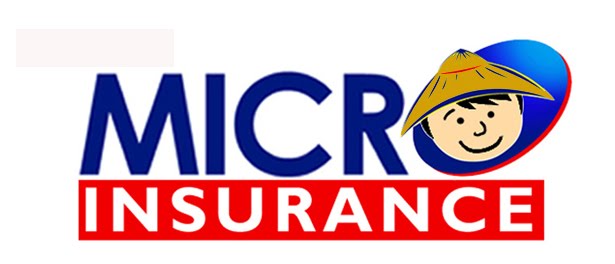April 2, 2014 8:58 pmManila Times
The first quarter of 2014 has gone quite peacefully, if you would discount the usual political disturbances. Filipinos probably heaved a sigh of relief at this as many still struggle to recover from the previous year’s tide of unpleasant experiences.
Last year was rather unforgettable, as natural disasters battered the country and caused damage worth billions of pesos. It was a painful eye-opener but it taught us one thing—the value of preparation. This is where microinsurance enters, as a hero with a promise that while you cannot control the acts of nature, you can control how much pain it will cause you.
As of end-2013, the Insurance Commission (IC) noted that the number of Filipinos insured surged 72 percent to almost 23 million from 10 million in 2009. This remarkable feat is attributable to the growing number of financial institutions offering affordable insurance policies to their clients.
The rural banking industry leads the pack in this endeavor, playing a key role in mainstreaming microinsurance, given its exposure to microfinance and its army of over 2,000 branches strategically located in far-flung areas where the usual takers of the product reside.
The Bangko Sentral ng Pilipinas further affirmed the significance of the industry when it issued Circular 683 in 2010, granting rural banks the authority to market microinsurance products deeming it as a “necessary and complementary component” of their primary business.
Microinsurance is a critical component of inclusive growth because it allows the poor to avail of life and property insurance coverages at low premium rates. By being an active provider of microinsurance, rural banks are not only reinforcing their relevance to their clients but the nation as well.
Stepping up to this responsibility, the Rural Bankers Association of the Philippines (RBAP), through its technical arm, the Rural Bankers Research and Development Foundation, Inc. (RBRDFI), has been conducting trainings to build the capacity of rural banks as effective channels of microinsurance.
The training program conducted by the RBRDFI aims to educate attendees on the fundamental principles of microinsurance, regulatory documents that govern engagement to such and viable marketing strategies. At the end of the two-day training, participants also take a qualifying exam required by the IC for microinsurance licensing.
On March 27 and 28, the RBRDFI held the 24th batch of microinsurance training at the RBAP office, bringing the number of rural banks trained and qualified for microinsurance licensing to 213 from 14 in the program’s pilot batch in 2011. There were also 485 bank officers certified to be appointed as soliciting officers.
The role of the rural banking industry in the growth of microinsurance also goes beyond the supply side of the equation. The RBAP-BRDFI likewise takes part in the development of regulatory frameworks and financial literacy programs to educate the public.
One of the initiatives done in partnership with RBAP is the development of the Alternative Dispute Resolution for Microinsurance (ADReM), a settlement program that seeks to resolve claim disputes outside courts to cut down the costs and expedite the process. As part of the Technical Working Group that drafted the framework of ADReM, RBAP provided first-hand information on settling client disputes and maintaining an effective client-agent relationship.
All these efforts, both from the government and the private sector, emphasize how much the country wants to achieve its goal of financial inclusion. As microinsurance continues to gain ground with the help of the rural banking industry, we might be a step closer to that goal.



No comments:
Post a Comment